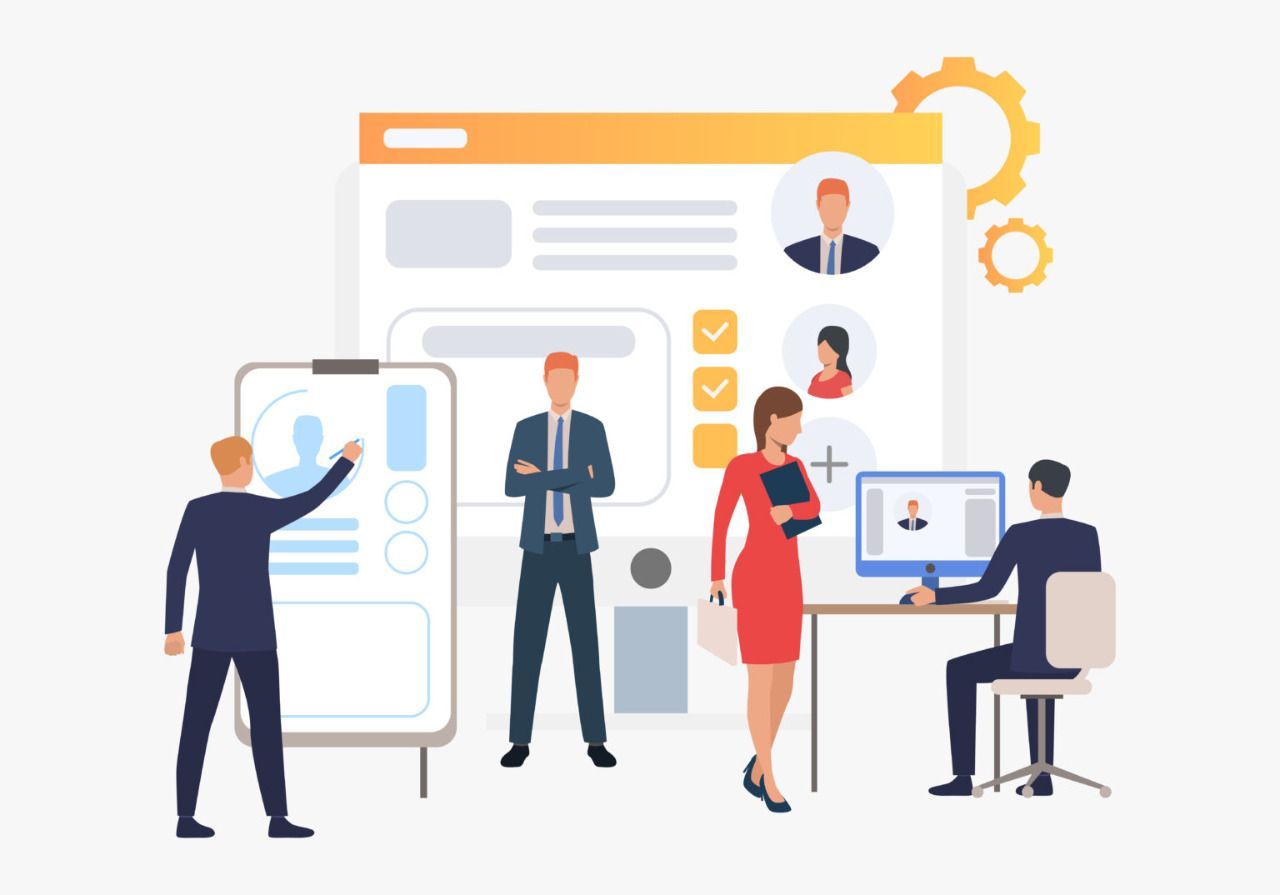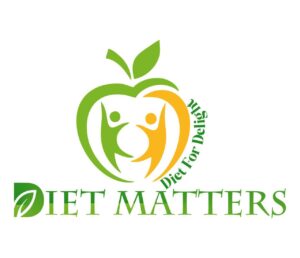
HRMS feature sets may vary widely across suppliers, much like broad functionality, and merging many systems may limit the system overall. HR, IT, finance, and whomever else has a stake in the company should deliberate about which of these HRMS features are important. ZOOM launched a human resource management application for android. Read on to learn its features.
- HR managers may use benefits administration software to streamline the program development process, eligibility criteria establishment, and benefits provider payment or deposit. On top of that, it consolidates administrative costs for benefits and accounting and allows for online enrollment at your convenience.
- Records for all employees are kept in one convenient area, making tracking changes and corrections easier. It cuts down on the time and money needed to be in compliance and get ready for an audit and allows for more accurate reporting.
- Elements of learning management are developed to aid employees in gaining or enhancing abilities via the delivery of courses, curriculum development, assessment administration, and credentials awards. It also facilitates the delivery and tracking of relevant compliance education for enterprises.
- Integrating HR metrics into financial dashboards for enterprise-wide planning, analysis, and decision-making. Capability to run operational reports to monitor HR data, complete compliance reporting, and build key performance indicators (KPIs) to assess the efficiency of HR activities. Look for the option to make reports on the fly, too.
- Employees should be paid regularly. Thus, this human resource management application for android is important to calculate their salaries, hourly wages, variable payments like bonuses, overtime, sales commissions, shift differentials, and merit raises, and then subtract any mandatory or voluntary deductions to arrive at their final pay. This collection of perks includes matching donations to retirement accounts and mobile phone bill reimbursements.
- Recruiters can build career pages for the company’s website and intranet, post positions, integrate open positions with job boards, manage resumes, track applicants through the recruiting process, extend job offers, conduct background checks, conduct pre-employment screenings, and create job application forms before passing on new hires to a generalist or the hiring manager to begin onboarding.
- Talent management enables human resources managers to evaluate and grow employees via goal-setting, regular reviews, and competency and skills testing administration.
- Time and attendance allow you to keep track of workers’ vacation days, approve requests for time off, create work schedules, and handle absences. Timesheets, payroll, and project management may merge into one convenient system.
- Because the whole staff may need to use the HRMS, it must have a straightforward design. Modern systems include management and employee self-service, mobile apps, localization, customized dashboards, workflow automation, and alerts to keep employees interested and reduce calls to the HR or IT departments.
- Workforce planning allows businesses to anticipate and prepare for labor costs and compare estimated and actual outlays. Put to use in determining where to focus recruitment efforts, mapping out a path to leadership, and pinpointing skill gaps.



